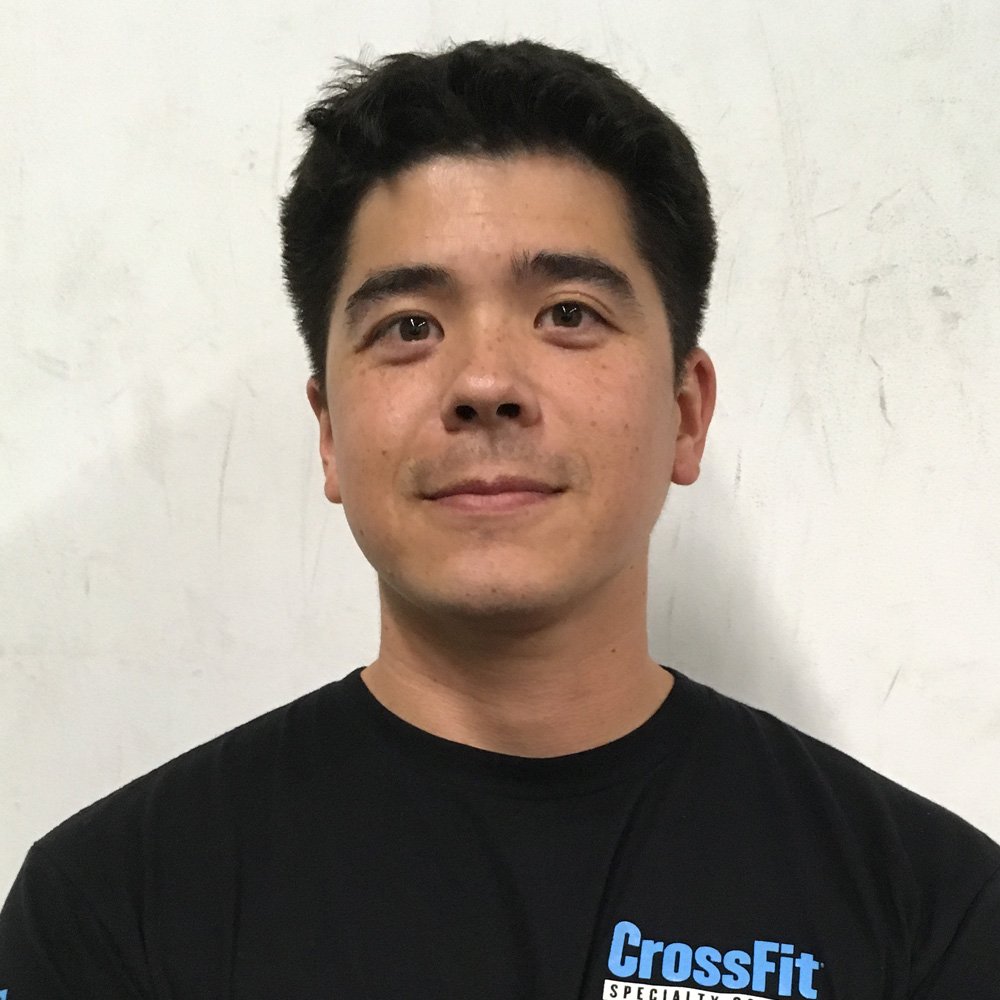CrossFit: Increase WOD Running Speed in One Day
For all their variety, an overwhelming majority of CrossFit WODs have one constant – running.
That’s a lot of running in a community that says it hates running! Ok, ‘hates’ maybe too strong of a word here, but I’m sure you’ve heard your friends and others say that at least once before.
The result of this disparaging view of running is obvious. Instead of flaunting PRs and raising benchmarks, members woefully accept defeat and resign to injuries and mediocre times, whereas they fight tooth and nail for a successful snatch.
What would you do if I told you that you indeed could run faster and better than you think? At our workshops we can actually calculate and tell you just how much faster you could be running! You don’t have to go far to see the potential, just look at Karly Wilson of CrossFit Undeniable that finished a marathon first in her age group. A couple of month before the race Wilson and CrossFit Undeniable hosted CrossFit Preferred Course. Addressing her running technique was the final ingredient that made the difference. It’s not about running a marathon, of course, but you could if you felt so inclined.
The truth about running
Running is an integral part of virtually every sport. Basketball, baseball, football, rugby, CrossFit… and the list can go on and on. Hey, running is often involved when you’re just trying to make it to your training session and not be late. Running is everywhere and this is precisely why it is so misunderstood and underappreciated.
Statistics are very revealing of the scale of this issue – 2 out of 3 people who run get injured. That is more than all other sports combined. How crazy is that?
You know what else is crazy? The fact that most people don’t realize how simple it is to improve their running. They key is to do less and be precise in movement. Stop the madness with pumping arms, raising knees, rolling from heel to toe, butt kicking and so on. To run is to change support from running pose to running pose.
When your running technique is optimized, running feels better and becomes easier. And here’s the cherry on top – better technique prevents early muscle function deterioration, so you can run, press, run, squat, run or whatever and not fall apart. Or run a marathon and find yourself on a podium (ok podium might be a stretch but still).
‘How to’ does not require love
So, how could you run faster than you do now? You need to improve your running technique. You don’t need to love running to be a good runner, to run faster than you do now, or better yet, to avoid injuries. You just need to know HOW to run. The ‘how to’ in anything does not require any emotion. It requires technique.
You’re probably thinking right now – don’t we already know how to run? That’s a negative, trooper. Just because you can get up and put one foot in front of the other, it does not mean you know how to run. You can manage, yes, but is that how you squat, press or lift? So what gives? And I don’t want to hear anything about humans being born to run. When was the last time you chased your next meal? The fact is – our modern lifestyle had dramatically altered all that.
Change the way you look at things, and the things you look at change
The solution to the predicament we are in is simple. If we look at the act of running as a skill based movement, than running will no longer be the thing we hate or the thing that hurts us. It will be just like any other movement. To get it right all you’d need is to use the correct technique and then you could do it faster, and also more of it. Now that sounds like just another day at the box, nothing more and nothing less.
Lucky for everyone, there are hundreds of affiliates worldwide that had already figured this out and have Certified Running Technique Specialists on staff and are implementing running drills into their workouts. Some even started RPM Run Clubs. All you need to do is ask your Head Coach about running drills and classes.
Bring it to the finish line
Most members do not realize that they are already more than halfway there. Doing running technique drills is the only thing keeping them from running better and faster. What about the rest you may ask. But what else is there? Speed and endurance are byproducts of running technique.
Technique is the gateway to peak performance. If you’re injured, your excellent physiology means absolutely nothing. The world is full of runners with mind-blowing VO2Max sitting on the couch with a knee or hip injury. Technique work and strength training are the remedy and it is yours for the taking.
Funny enough, anyone doing regular CrossFit workouts is already way ahead of most local runners due to their strength conditioning. So realistically, an average CrossFit member needs a lot less preparation and can significantly improve their running and speed within one training session. How awesome is that?
Let me help you run faster and better. Contact us to host our Running Clinic.


